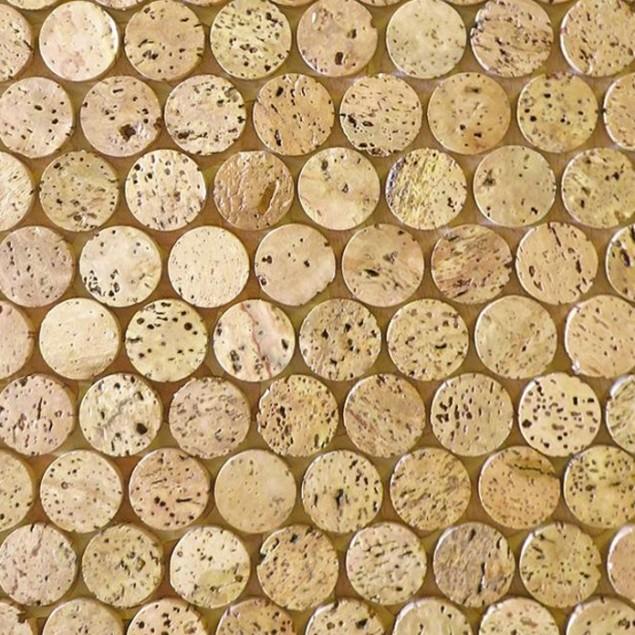When the air is fresh and the days seem shorter, you should start thinking about getting your home ready for the cold season. The best way to ensure that your home is ready for the cold winter season is having some maintenance work done in and around the house during the summer and fall. Winter can be harsh, and the ice and single-digit temperatures can wreak havoc in your home if you are ill-prepared. In this article, we’ll discuss crucial tips for getting your home ready for winter.
Check your gutters and drainage
Cleaning out the gutters and drainage can save you a lot of trouble in winter. Clogged gutters and drainage will have the water backing up and overflowing. The overflowing water runs down your home, accelerating the deterioration of your home’s exterior. It damages your foundation, infiltrates the basement, and creates ice dams that may result in expensive repairs. If you need help installing gutters or having repair works done contact a professional for the best results. In addition, be sure to clean and clear your gutters and drainage before the winter weather sets in.
Inspect your roof
Inspect your roof for damaged, loose, or missing shingles before the first snow. The weight of snow or ice can cause any damaged or loose shingles to shift, causing water or moisture to leak into your home. Remember to check the flashing seals around the chimneys and vent stacks as well. If your house has a flat roof, rake off any leaves as they too may hold moisture.
Trim overgrown trees
The fall season may not be the best time to trim your trees, but if their branches are up against your house, trim them before winter comes. Otherwise, you will have some ice-coated branches brushing up against your windows or siding.
In addition, take a good look at the trees to make sure that they are still healthy. Unhealthy trees can fall on your house or the neighbor’s house in winter, which may result in property damage and injuries.
Weatherproof exterior water sources
Freezing winter temperatures can be very unkind to your outdoor water sources. Check the pipes for any cracks and weaknesses, replace worn-out faucets and connectors, and drain off any water on the external pipes after turning them off at the mains. Water trapped inside the pipes may freeze in winter, causing the pipe to burst.
Paint the faucet handles, preferably with a bright color, to make them easy to spot against the snow in case of any repair works. Tape or wrap the exterior and basement pipes using insulating tape for extra protection.
Protect your home from insects
Insects and bugs are likely to come looking for warmth inside your house in winter. Their most common hiding places include attic openings, kitchen hoods, or cracks in the foundation. Here are effective ways to keep the pests away from your home:
- Keep the kitchen clean
- Keep the bathroom clean
- Items of outside should be used and kept outside
- Fix nets on windows
- Maintain your garden
- Dispose of garbage regularly
Bleed the radiators
For the radiators to run efficiently and at full capacity, you need to bleed them in winter. This is pretty easy to do – turn all the radiators to their maximum temperatures, give it a few minutes, and turn the central heating off to allow them to cool down. Turn off the radiator, place a tray under the valve to catch any water coming out, then open the bleed valve. Once all the air and water comes out, close the valve and check the next one.
Check the electrical system
When the day is dark and the cold weather bites, the last thing you want is to have your electrical system failing. Get an electrician to ensure the main service panel, breaker wires, extension cords, wall sockets, and the heating system are in good shape and working. You should also test the ground fault circuit interrupter to determine whether there is any power flow.
Check insulation
Check how well the doors and windows close to make sure that your home is well insulated against the harsh winter weather. If your windows and doors are old, you can add some new weatherstripping and check for air leaks. Use latex caulk on any gaps between the door frame and exterior trim. Invest in weather-resistant door sweeps designed explicitly for the exterior, and be sure to re-glaze any panes requiring maintenance.
Clean the dryer vents
Dryers are a common fire hazard at home that is responsible for over 15,000 house fires every year. For this reason, it is important to make sure that it is well serviced and in good condition before winter, as it is likely to get used more during this time. Remove any lint build-up in the drier to reduce the risk of fire and improve energy efficiency.
Inspect your fireplace
Winter is the wood-burning season, and you need to ensure that the fireplace is in good shape. Check both the exterior and interior components. On the exterior, check the condition of the chimney cap, debris of bird nests on the cap, condition of mortar and bricks, and how tight the roof flashing is against the chimney.
From the inside, ensure that the flue damper opens and seals properly, there isn’t any combustible material, and that the hearth and fireplace surround have no cracks. A fireplace and chimney professional can help you with the inspection and any necessary maintenance works.
Make windows energy efficient
To halt the cold winter drafts from flowing into your home, use window sheets kits on your windows. You can use a plastic-film sheet kit if you don’t have storm or double-paned windows. While the plastic kit may not help to save energy, it is still very efficient in stopping the flow of cold winter drafts. It is advisable to install storm windows, add caulk windows, hang curtains, use weather stripping, and replace any broken windows for energy efficiency.
Prepare for the winter storms
A big winter storm can cause a lot of trouble, and it helps to prepare for a storm ahead of time. Make sure your standby generator is in good working condition, have a stash of batteries for the flashlights, and a battery-operated or solar-powered radio in case of power outages. In addition, check your snow supplies like gloves, window scrapers, and snow shovels and replace any that is worn out.
Endnote
These are some of the home maintenance tasks that can help to make your home ready for winter, and ensure your home is in great condition when spring arrives.









